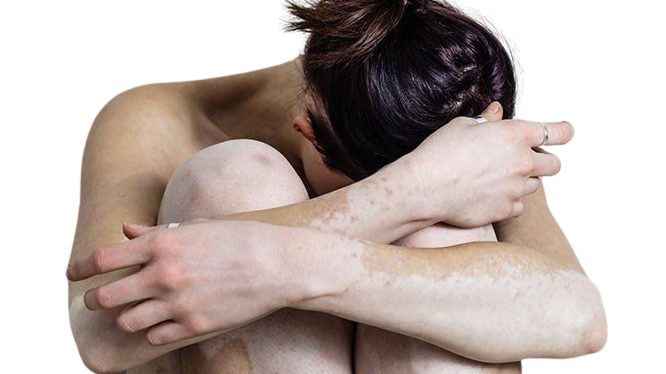
VITILIGO
Vitiligo is a disorder that causes loss of skin color in patches. The discolored areas usually get bigger with time. The condition can affect the skin on any part of the body. It can also affect hair and the inside of the mouth. Normally, the color of hair and skin is determined by melanin. Vitiligo occurs when cells that produce melanin die or stop functioning. Vitiligo affects people of all skin types, but it may be more noticeable in people with brown or Black skin. The condition is not life-threatening or contagious. It can be stressful or make you feel bad about yourself. Treatment for vitiligo may restore color to the affected skin. But it doesn’t prevent continued loss of skin color or a recurrence.



